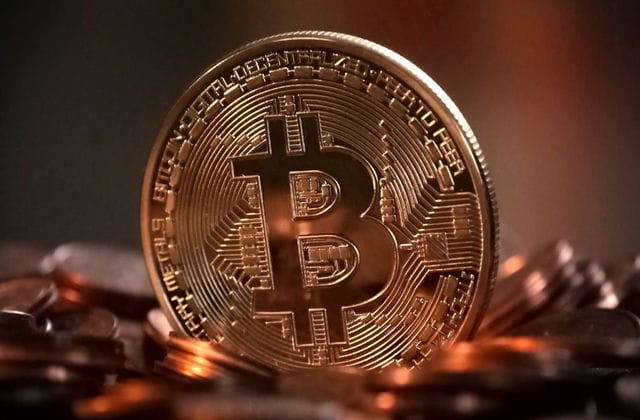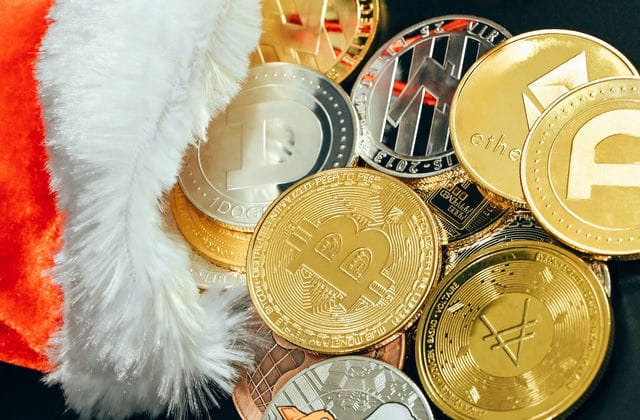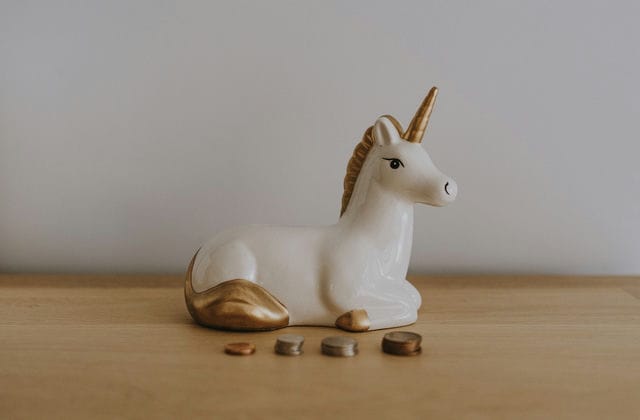Blockchain is infrastructure, not for the fastidious and highly predatory
Bitcoin is an application of the blockchain, while Gcoin is the underlying protocol of the blockchain. Infrastructure plus open-source reminds us of what Mencius said when he met King Hui of Liang, "Why should we say profit? When infrastructure is the bearer of all things, it is indeed suitable for open source, for people to use. Taiwan is not big, but there are already several alliances, and if open source is not the main focus, there will be more alliances. The spirit of the blockchain is to decentralize the ledger into multiple nodes, polycentric, participatory, open and transparent, with a democratic spirit. Anyone can access data and develop related applications through an open interface, and through mathematical, cryptographic and economic models, consensus norms or protocols are safe, secure and cannot be tampered with. However, in recent years, there have been many cases of ICOs (Initial Coin Offering), many of which are speculative. At first, they are very hot and the issuer's price rises sharply with the advantage of advanced technology, but if the Intrinsic Value is not sufficient, those who take over and the subsequent retail investors are not careful, they often lose seven, draw two and make one out of ten transactions, which eventually undermines the trust of the society. In the long run, it is important to reduce such social trust. In the long run, in order to reduce these social problems, we must find a way to improve the effectiveness of supervision, enhance the intrinsic value and set up self-regulation. Blockchain has a wide range of applications, and the focus should be on trust machines, with coin speculation being only one of the applications. In this article, we will talk about the history and essence of Bitcoin to Gcoin, the characteristics of Gcoin, and the combination of blockchain and regulation.
Bitcoin : the first shot at revolutionizing virtual currencies (Coins)
Bitcoin belongs to the latter, and is derived from a paper published by Satoshi Nakamoto. It is a cryptographic protocol based on cryptography, which has a settlement speed of 10 minutes, i.e., a new block is formed every 10 minutes. Its price fluctuates depending on the attitude of governments or market speculation. It is a public chain and anyone who wants to can join and become a miner to develop bitcoin.
Bitcoin started the year on a high note, but the price plummeted as China's central bank stepped up its supervision, citing a crackdown on illegal money laundering. The three major Chinese bitcoin dealers, Bitcoin China (BTCC), Huobi and OKCoin, have recently announced that they will upgrade their systems to anti-money laundering and therefore suspend withdrawals to comply with China's anti-money laundering and capital control laws. Another populous country, India, introduced a policy of phasing out high denomination currencies at the end of 2016, and despite warnings from its central bank to investors in February 2017, demand for virtual currencies such as Bitcoin has continued to surge, resulting in a continued increase in both the price and volume of Bitcoin transactions.
Gcoin: The underlying infrastructure. Gcoin is different from Bitcoin in that it is the underlying digital infrastructure and not the upper layer of applications. It can be used by any user to create their own upper layer applications, such as customer loyalty schemes, flight mileage rewards, or the point redemption mechanisms that various manufacturers often have for their consumers. Blockchain technology, which enhances the authenticity of transactions, will enable the integration of the real and the virtual, and the digital transformation, as well as the development of a thriving ecosystem and the collaboration with more vendors, so that their points can be used for mutual benefit. The technology is also a cryptography-based cryptographic protocol with a settlement speed of 15 seconds and does not generate blocks in the absence of transactions to avoid increasing the volume of data. This infrastructure can increase the volume of transactions it can carry and is suitable for commercial use. It can be either a federated chain or a public chain. A consortium chain, also known as a consortium blockchain, is a managed and controlled system that can only be joined with permission.
 Bitcoin is a digital asset, while Gcoin can have many different digital assets at the same time. The members of the Gcoin blockchain give the issuer the authority and credentials to issue, and the issuer can issue various assets based on these authorities and credentials.
Bitcoin is a digital asset, while Gcoin can have many different digital assets at the same time. The members of the Gcoin blockchain give the issuer the authority and credentials to issue, and the issuer can issue various assets based on these authorities and credentials.
Bitcoin has a well-known 51% attack problem, where a single individual with most of the computing power can control the contents of the ledger, e.g. by creating duplicate transactions, due to the Uniform Proof of Work mechanism in Bitcoin. Gcoin uses a dynamic non-uniform and non-linear proof of work mechanism, as all transactions are displayed on the blockchain and members are able to calculate the expected value of their proof of work at a given point in time and dynamically adjust the level of difficulty of their proof of work. N is the total number of members minus one. If there is a difference of k selections between two entities, the workload of the individual with the higher number of selections is made 2^k times harder than that of the other individual, which significantly reduces the possibility of exclusive verification by the individual with the higher number of selections. The principle is based on the Markov Chain model, which takes into account the distribution of all possibilities and transformation relationships, and compares various non-linear models. For example, a dynamic non-linear proof-of-work mechanism is more than 1440 times safer than a uniform proof-of-work mechanism when the computing power of ten individuals is the same.
Gcoin proposes a polycentric concept, with different players maintaining the functional integrity of the network, presenting an 'Alliance' hierarchy, a kind of polycentric hierarchical architecture. In this hierarchical division of labor, the relationship between the alliances is slightly different from that of a typical blockchain Node, and is not entirely competitive. Instead, one or more alliance members in the network work together to obtain a unique consensus to verify the correctness of transactions, and then generate blocks to obtain transaction history information. Each Alliance member can appoint one or more Issuers with the power to appoint Issuers, who are licensed by the Alliance members to generate various digital assets.
Gcoin is designed with six main member roles: Miner, Wallet, Manage License, Maintain, Network Protocol, and Mint Coins, each with a different function, as shown in Figure 1 and Figure 2. Figure 1 shows the Gcoin Alliance, while Figure 2 depicts the Gcoin architecture.
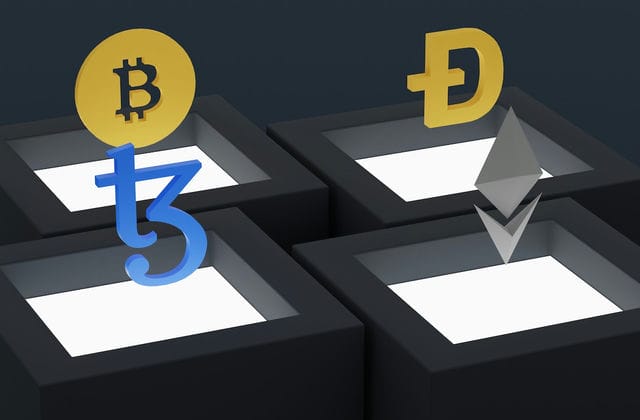
How blockchain handles transaction reversals and fraudulent transactions
In non-permitted blockchains such as Bitcoin, a transaction that needs to be revoked requires a majority agreement (through a hard fork), which is a difficult and time-consuming task, but in the Gcoin architecture, the content of the blockchain is governed by a number of privileged nodes that can efficiently update the consensus mechanism to revoke unpermitted transactions. In the case of Zero-confirm, the blockchain can use the Replace-by-fee mechanism to revoke a transaction, i.e. while the transaction is still in the blockchain node's memory pool, the original initiator sends another transaction with a higher fee, and the original transaction, because of its lower fee, will be revoked when it is later entered into the blockchain The blockchain's natural mechanism to prevent double spending will result in the transaction being revoked.
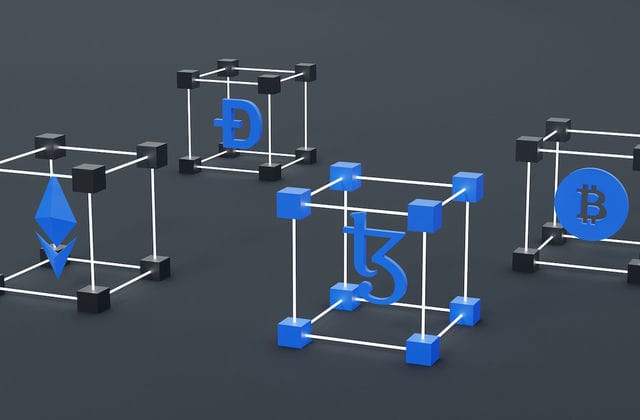
Blockchain helps to monitor and reduce fraudulent transactions
When the traditional records and financial statements of assets, liabilities, owners' equity, income and expenses are recorded on the blockchain, the tax authorities can automatically calculate the amount of tax payable through smart software such as smart contracts and deduct the relevant amount from the company's bank account after the settlement is completed, saving the cost of audit by the government authorities and saving the reporting process for companies. It also saves companies the manpower involved in the filing process and the preparation of tax returns.
The road of the digital economy, from A to I, begins with consensus building and ends with impact, as Agreement, Block, Chain, 4D, Efficiency, Finality, Governance, Hierarchical Design, Impact. From the real economy to the digital economy, the blockchain has a good consensus trust mechanism , and the digital economy uses this trust mechanism as an important infrastructure, and uses the block chain to prevent forgery , indiscriminate issuance of credentials, double spending and data loss. We expect that the governance and Hierarchical Design provided by open source will have a positive impact on the future development of the booming digital economy ecosystem. We expect that the governance and Hierarchical Design provided by open source will have a positive impact on the future development of the digital economy ecosystem.

























